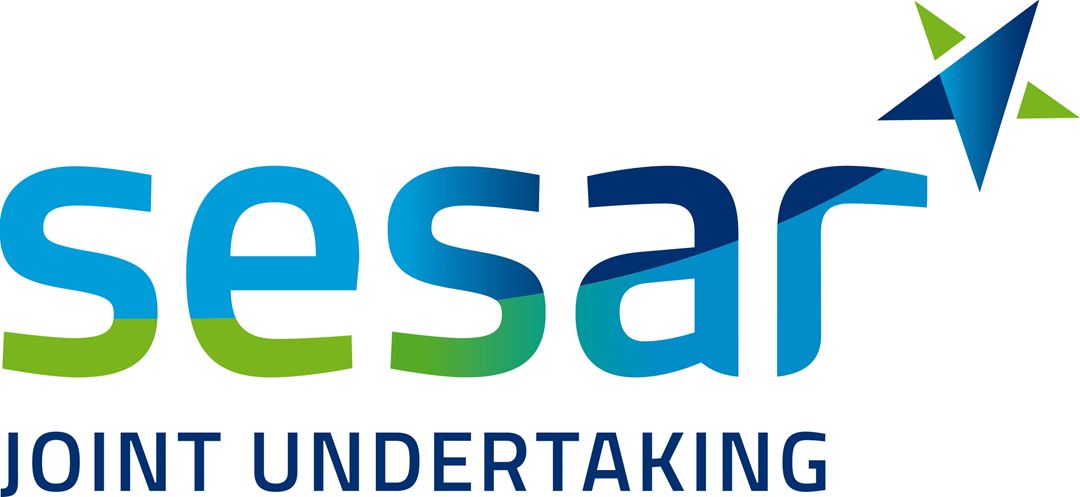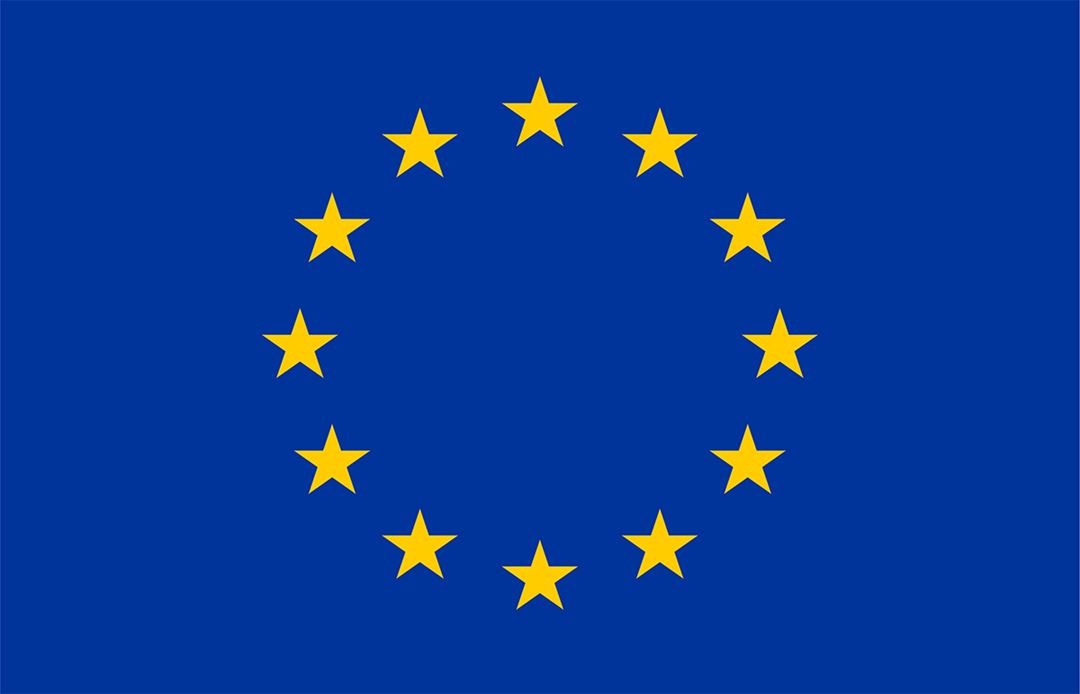SINTEF's contributions in this project covered two separate technology aspects, Dual Frequency (DF) Multi Constellation (MC) Ground Based Augmentation System (GBAS) design, and the future satellite communications (SATCOM) link development.
Within the first topic, SINTEF has focused on the challenges posed by Radio Frequency Interference (RFI) in large and complex airports as well as the impact of the anomalous ionospheric behavior on GBAS GAST D and GAST F concept performance. Although GNSS signals used in aviation are located in a protected ARNS frequency band, unfortunately, jamming attacks affecting this band do occur, and at an increasing rate. Since GBAS receivers have to operate in close proximity to high-traffic roads and airport parking, the chances of being affected by RFI are high. SINTEF has analyzed the prevalence and properties of the RFI events observed on the GPS L1/L5 and the Galileo E1/E5a frequency bands based on a multi-site, multi-year monitoring and data capture campaign to support the development of integrity monitors and reaction strategies necessary to ensure continuity and availability of service.
The impact of the anomalous ionospheric behavior was studied through gradient and scintillation event characterization, mapping the effects on conventional integrity monitor performance, as well as design and test of new ionospheric gradient monitoring algorithms. Data for this analysis was collected by an experimental GBAS prototype at Tenerife Norte airport operated by ENAIRE, Indra Navia and SINTEF.
The second topic focused on satellite-based communication (SATCOM) as part of the Future Communication Infrastructure (FCI) in a multilink environment. The goal is to enable full 4D trajectory management over airspaces across the globe, using data link as the primary means of communications between controllers and cockpit crews. In this context, SATCOM takes advantage of IP-based broadband to provide secure and high-bandwidth cockpit communications to exchange flight information and trajectory data with the ground. The technology is being developed as an incremental evolution of the state-of-the-art L-band SATCOM systems, using existing space and ground infrastructure that are shared with other non-aviation users. In the FCI, SATCOM will offer a robust and secure datalink connectivity that meets the required performance and functionality requirements for providing safety services. At the same time, SATCOM will retain backward compatibility and keep supporting the oceanic data and voice services as well as the existing Aeronautical Telecommunication Network (ATN) and The Open Systems Interconnection (OSI) technologies.
The main objective of this project was to define, at mission and user level, the SATCOM service requirements and their technical validation by executing dedicated validation exercises. The main results from the project were the definition of the operational services, methods and environment for SATCOM as a part of the FCI, a revision and consolidation of its technical specification, technical validation of the integration of SATCOM into FCI and support and contribution to global and international standardization. SINTEF has contributed to the cyber security aspects of this project, including an assessment of security risks and threats, definition of security requirements and validation of the implemented security countermeasures in the SATCOM solution.
Read more about the I-CNSS project, partners and results here.



